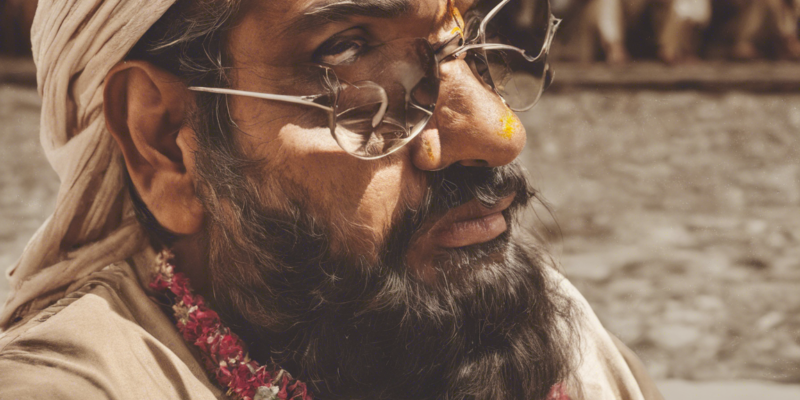Introduction
O Maahi Dunki Dance: A Tradition Rich in Culture and History
Origin and History
The O Maahi Dunki dance is a traditional folk dance form that originated in the Indian state of Rajasthan. Rich in cultural significance and history, this dance form has been performed for centuries during various festive occasions and celebrations.
Concept and Meaning
The O Maahi Dunki dance is a vibrant and energetic performance that showcases the spirit and joy of the Rajasthani people. It is often performed by women who dance in a circle while balancing earthen pots on their heads. The rhythmic clapping and footwork, combined with the colorful traditional attire, create a mesmerizing spectacle that is both entertaining and culturally significant.
Costumes and Accessories
The performers of the O Maahi Dunki dance wear traditional Rajasthani attire, which includes bright and colorful skirts, blouses, and dupattas. They also adorn themselves with traditional jewelry such as bangles, anklets, and earrings. The earthen pots that are balanced on their heads are decorated with vibrant colors and patterns, adding to the visual appeal of the performance.
Music and Instruments
The music accompanying the O Maahi Dunki dance is typically high-energy and upbeat, featuring traditional Rajasthani folk tunes. The dance is often accompanied by live musicians playing instruments such as the dholak, nagada, and manjeera. The rhythmic beats of the music complement the dynamic movements of the dancers, creating a lively and engaging atmosphere.
Significance and Cultural Impact
The O Maahi Dunki dance holds significant cultural importance in Rajasthan, as it celebrates the spirit and traditions of the Rajasthani people. It is often performed during festivals, weddings, and other auspicious occasions, bringing communities together and fostering a sense of unity and joy. The dance also serves as a form of artistic expression, preserving the rich cultural heritage of Rajasthan for future generations to enjoy.
Challenges and Preservation Efforts
In recent years, the O Maahi Dunki dance has faced challenges due to modernization and changing cultural trends. Efforts are being made to preserve and promote this traditional dance form, including organizing cultural events, workshops, and performances to raise awareness and interest in the art. By supporting and celebrating the O Maahi Dunki dance, we can ensure that this valuable aspect of Rajasthan’s cultural heritage continues to thrive for years to come.
FAQs
- What is the significance of the O Maahi Dunki dance in Rajasthani culture?
The O Maahi Dunki dance is a traditional folk dance form that celebrates the spirit and traditions of the Rajasthani people. It is often performed during festivals, weddings, and other auspicious occasions, bringing communities together and fostering a sense of unity and joy.
- How is the O Maahi Dunki dance performed?
The O Maahi Dunki dance is performed by women who dance in a circle while balancing earthen pots on their heads. The dancers clap their hands and perform intricate footwork, creating a dynamic and visually captivating performance.
- What kind of music accompanies the O Maahi Dunki dance?
The O Maahi Dunki dance is typically accompanied by high-energy traditional Rajasthani folk music. Live musicians play instruments such as the dholak, nagada, and manjeera, creating rhythmic beats that complement the movements of the dancers.
- What are the traditional costumes and accessories worn during the O Maahi Dunki dance?
Performers of the O Maahi Dunki dance wear traditional Rajasthani attire, including bright skirts, blouses, and dupattas. They also adorn themselves with traditional jewelry such as bangles, anklets, and earrings. The earthen pots they balance on their heads are decorated with colorful patterns.
- How can we support the preservation of the O Maahi Dunki dance?
To support the preservation of the O Maahi Dunki dance, we can participate in cultural events, workshops, and performances that showcase this traditional dance form. By raising awareness and interest in the art, we can ensure that this valuable aspect of Rajasthan’s cultural heritage continues to thrive.

